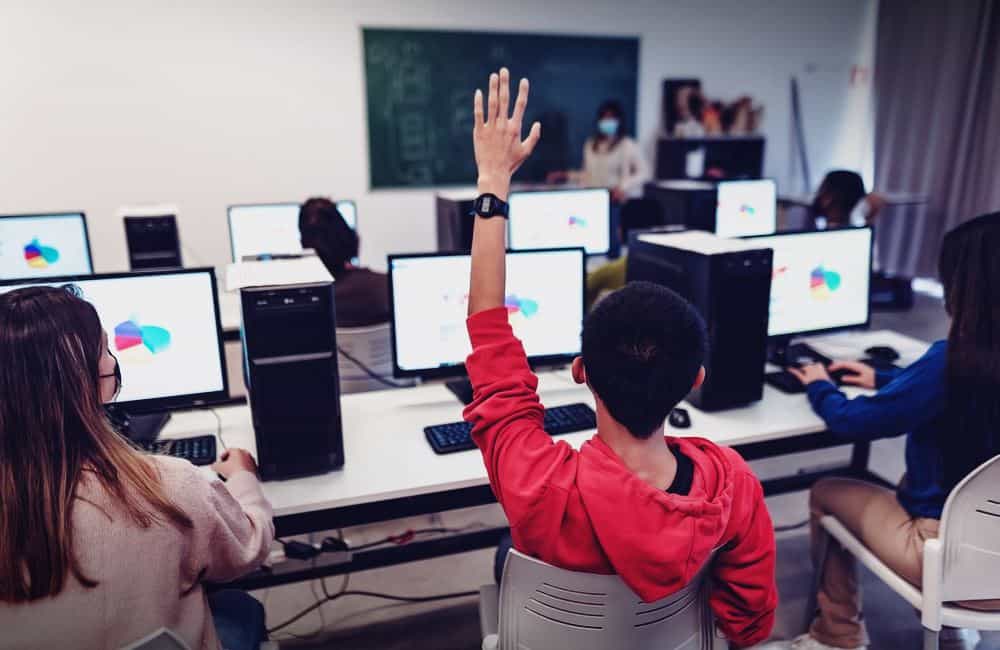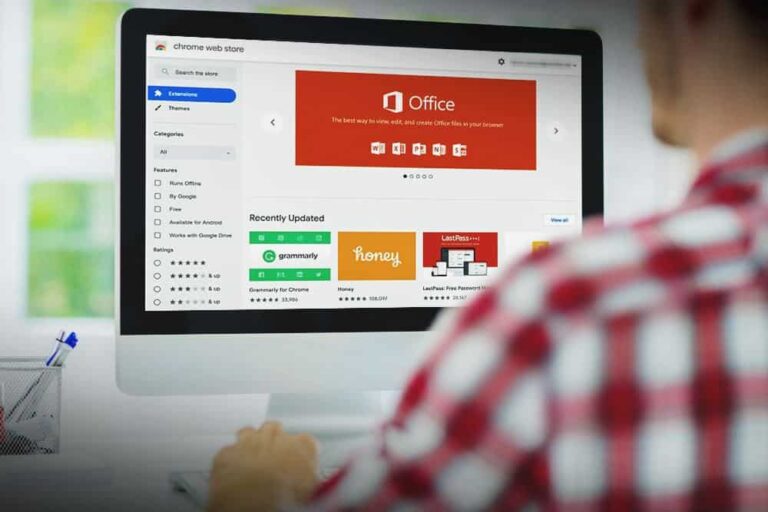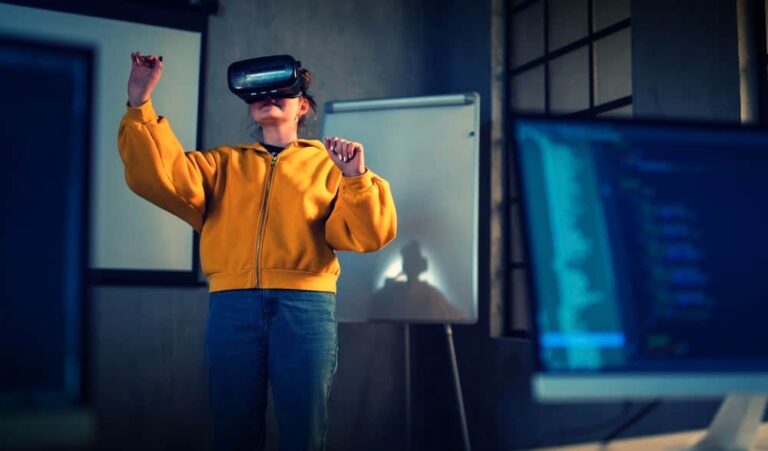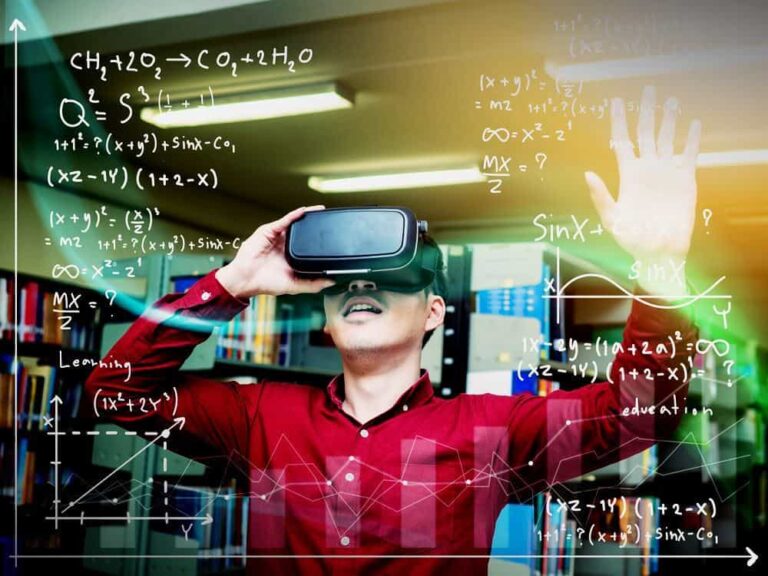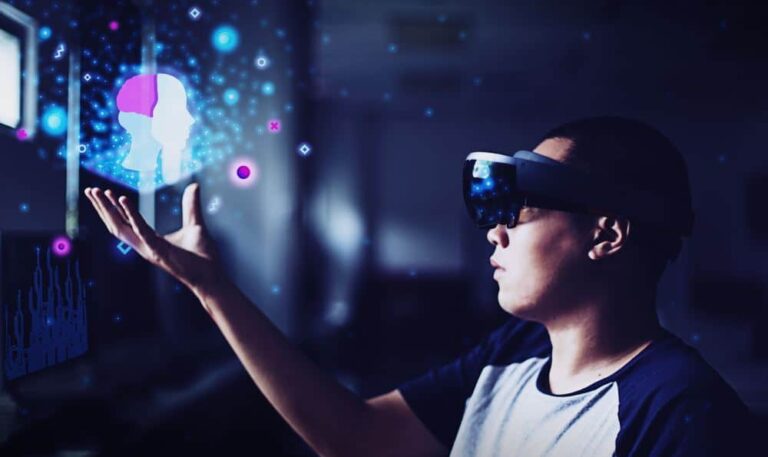The modern world is a mix of technologies and innovative solutions. As a result, people have been able to adapt new approaches and methods of obtaining information so that students can count on modern educational benefits. You’ve probably heard professors’ excitement about new web services, digital libraries, and AI bots. But how has technology changed education, and what benefits are now available to all young people? Here’s what you should know first.
Multimedia in Education
Sometimes innovations seem apparent and subtle, but you should hardly ignore them. The fact is that now many new multimedia opportunities are available to students. For example, you can create slides and use projectors during seminars. YouTube and other web services also provide students with access to educational videos and quizzes. You only need a stable internet connection and a desire to find the best web content.
Students can also enjoy audiobooks as an alternative way to get information. Imagine that you are traveling by subway or bus, and your journey will last about an hour. Why don’t you make the most of your time? Thanks to multimedia features such as audiobooks, you will surely be able to memorize information faster.
Augmented Reality in Education
Humanity has taken a big step forward since the creation of AR technology. Imagine that you have a smartphone or special glasses that allow you to combine the environment and visual effects. Let’s say you look at an engine and see its characteristics. Each part has a description, and you can quickly find out what you need to replace to get the engine running again. The same approach is relevant when you are in front of a large dashboard and need to know which gears you need to run.
In other words, augmented reality is a chance to change the education system and give students more flexibility. For example, many colleges and universities use AR apps when visiting art galleries, museums, or commercial establishments with innovative equipment. As a result, teaching students has become more flexible and allows all young people to learn different topics quickly.
E-Study Material
Here is another critical aspect that changed the education industry many years ago. Your parents and grandparents only used notes and books for information. Surely you understand how long and tedious the process of finding relevant information was. At the moment, you are unlikely ever to encounter such a problem thanks to the Internet. Many colleges and universities have digital libraries and even intelligent chatbots so you can quickly find what you need.
Moreover, you can even download homework assignments online, so you don’t waste time searching for any topics in the library. Plus, you don’t have to craft all the complex papers alone. Delegate some of your papers to a reliable writing service, and you will forget about academic stress. Visit www.writingpapersucks.com and see how easy it is to choose a company to delegate papers. Take your time and select a site that you should trust.
Online Tutoring
And here is one of the most valuable changes in the educational system over the past decade. Online tutoring is a trigger that has changed the interaction between students and tutors. Now you do not need to go anywhere to find more relevant information. Instead, select an app like Zoom or Skype and connect to a live broadcast. Moreover, your tutor can display the desktop on the screen to show you any applications, slides, videos, and other educational materials. This approach has simplified information acquisition and made the educational process easier for young people. But, of course, you must listen carefully to everything your tutor says, and you will succeed.
Instant Availability of Information
Nothing is better than access to any information in the shortest possible time. You probably know how convenient it is to use digital libraries, services like YouTube, or digital research archives. Now you don’t have to visit the local library and look for anything in books. Instead, use keywords and see how quickly you can find everything you need.
Many educational institutions use digital libraries with online courses, video tutorials, lectures, and tests. So this means you can enjoy the benefits of distance learning and download files to explore important topics. Another plus is the speed of data access. You can get a copy of any digital archive with just a couple of kicks.
Artificial Intelligence in Education
Imagine using artificial intelligence when you need to find important information or counterarguments regarding any idea. At the moment, many universities around the world are testing smart chatbots that can discuss with students and give them valuable academic ideas. This innovative approach to teaching allows young people to receive support even when their real professors are not ready to provide a quick answer. Moreover, AI bots can generate interesting research ideas thanks to a non-standard approach to information analysis.
VR Technology
Decades ago, VR sets looked like massive computers and were ineffective in the educational context. But now, you can put on a small helmet with monitors and find yourself in a three-dimensional space. So what is the advantage of VR technology, and how has it changed the world? The fact is that some academic aspects are difficult to explain to students without visualizing some of the critical processes.
For example, you need to explain how a complex mechanism works. It is unlikely that an ordinary picture in a book or even a video will be enough. But what if you could visualize the operation of valves and injectors in an internal combustion engine? Surely students will be happy to see such a mechanism in action and will quickly remember all the important workflows.
Final Words
As you can see, modern technologies have become part of the contemporary academic process. Students need computers, technology, and AI/AR neural networks to gain knowledge. The world has changed a lot, and obtaining knowledge has become like a game. Innovation is inevitable because young people are interested in analyzing new topics and acquiring the necessary knowledge to start a future career. It is quite possible that in a couple of decades, humanity will be able to find even faster ways to deliver information to every student’s brain.

